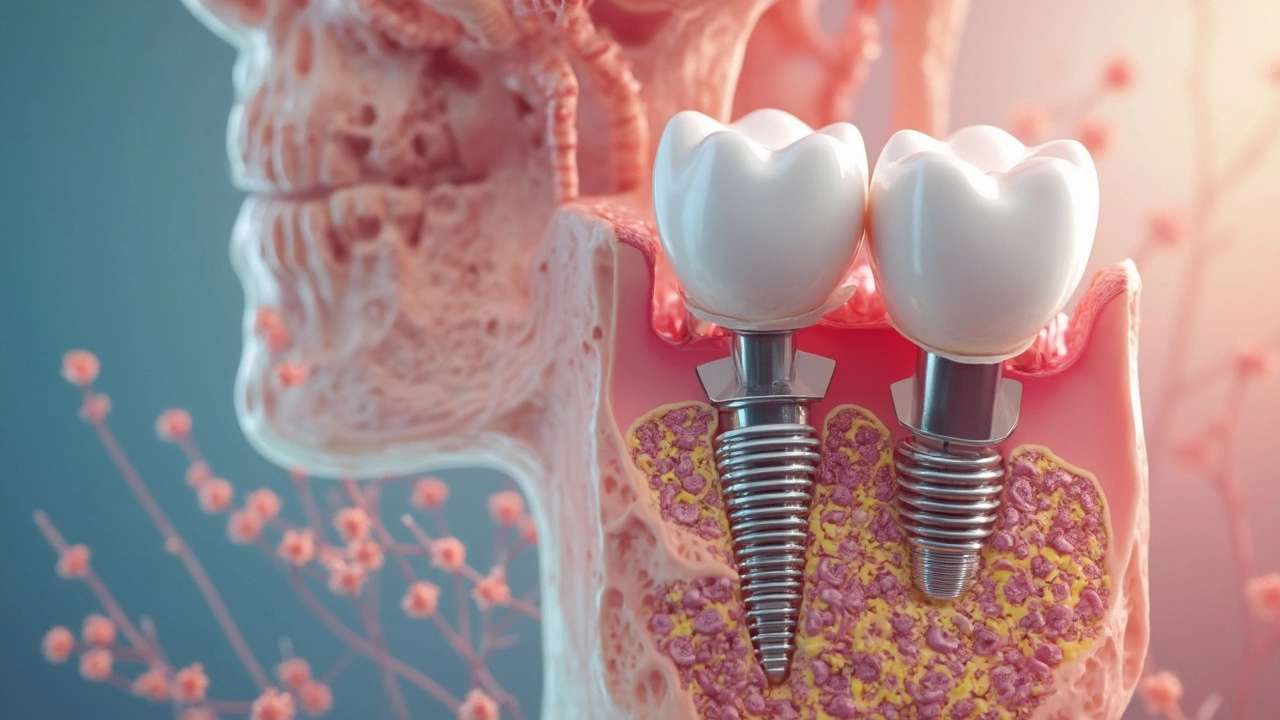Healing Process: How Your Body Recovers and What Really Helps
When you hurt yourself—whether it’s a sprained ankle, a surgical incision, or a worn-out knee—your body doesn’t just wait around. It starts a complex, well-timed healing process, a biological sequence that repairs damaged tissue and restores function. Also known as tissue repair, it’s not magic. It’s science. And it follows a strict order: inflammation, proliferation, and remodeling. Skip a step, rush it, or ignore it, and you’re not just slowing down—you’re risking long-term pain or reinjury.
Most people think healing is about resting. But rest alone won’t fix a torn ligament or a weak muscle. The real work happens when you move right, at the right time. Inflammation, the first stage of healing, brings blood and immune cells to the injury site to clean up damage. This is normal. Swelling, redness, heat? They’re not signs you’re making it worse—they’re signs your body is doing its job. Trying to ice it into silence too early can actually delay recovery. Then comes proliferation: new tissue forms. Collagen lays down like scaffolding. That’s when gentle movement, guided by a therapist, becomes critical. Without it, scar tissue gets stiff, muscles shrink, and joints freeze up.
The final stage—remodeling—is where most people give up. It can take months. That’s when your body replaces messy new tissue with strong, organized fibers. But this only happens with consistent, progressive loading. Think of it like rebuilding a road: you don’t pour concrete and expect cars to drive on it the next day. You test it, adjust it, reinforce it. That’s what rehabilitation, a structured approach to restoring movement and strength after injury. Also known as physical therapy, it’s not optional—it’s the bridge between injury and full function. The posts below show real cases: how someone recovered after knee replacement, why anger shows up after heart surgery, how diet affects tissue repair, and why pushing too hard too soon backfires. You’ll see timelines, mistakes, and what actually worked.
Healing isn’t linear. Some days you feel better. Some days you feel worse. That’s normal. What matters is whether you’re moving toward strength, not just avoiding pain. The key isn’t waiting for the hurt to disappear—it’s learning how to support your body through every stage. Whether you’re recovering from surgery, a sports injury, or years of wear and tear, the healing process is the same. You just need the right plan at the right time.
-
17
Discover the journey of a dental implant from placement to acceptance by your body. Understand the timeframe for integration, what influences it, and steps you can take to ensure a smooth healing process. Learn fascinating insights about the biology behind implants and practical tips for post-surgery care. This article sheds light on the essential factors affecting how quickly your new tooth blends in.
-
4
Orthopedic surgeries can vary significantly in terms of recovery time. Some procedures, like complex spinal surgeries or joint replacements, can require extensive healing periods. This article explores the factors influencing recovery duration, sheds light on surgeries known for long recovery times, and offers insights on managing the healing process effectively. Understanding these aspects can help patients prepare better and set realistic expectations for their recovery journey.

